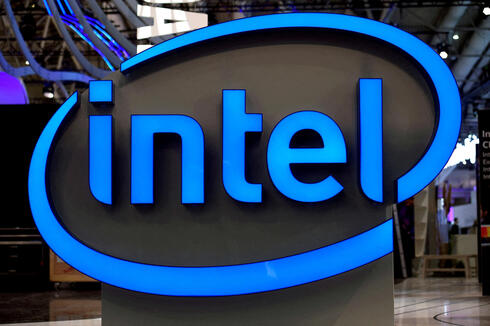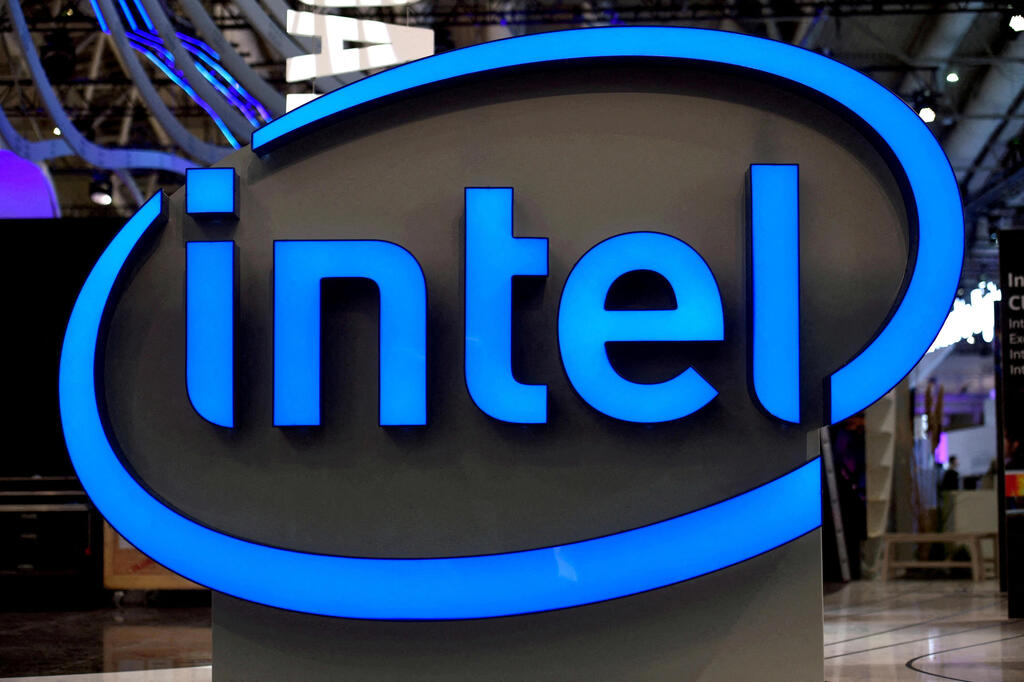
Intel caps year from hell with worst-ever stock performance
Once the pride of Silicon Valley, the chipmaker ends 2024 with a staggering 60% loss in market value, as rivals outpace its efforts to reclaim leadership.
Intel, once the crown jewel of Silicon Valley and a titan in the semiconductor industry, is ending 2024 with its worst stock performance since the company went public in 1971. The 56-year-old chipmaker’s stock has plunged by 60% this year, capping a tumultuous period marked by strategic missteps, leadership changes, and intensifying competition.
While 2024 saw a wave of innovation in the chip sector, Intel found itself increasingly sidelined. The rise of artificial intelligence (AI) further exposed the company’s weaknesses, as Nvidia dominated the AI hardware market with its industry-leading graphics processing units (GPUs). Meanwhile, Intel’s server chips lagged behind competitors like Nvidia and AMD, leaving the company struggling to regain relevance in a rapidly evolving landscape.
Intel was the chipmaker with the highest market cap in early 2020, nearing a $300 billion valuation. However, its financial troubles over the past year have been severe. After reporting a 33% drop in revenue in 2023, the company failed to reverse its downward trajectory in 2024, posting another net loss. The year’s steep stock decline brought Intel’s market valuation to $85 billion, its lowest in decades, further fueling concerns about its ability to compete with powerhouses like Nvidia, AMD, and Taiwan Semiconductor Manufacturing Co. (TSMC).
The challenges culminated in the abrupt departure of CEO Pat Gelsinger earlier this month, three years into his tenure. Gelsinger had returned to Intel in 2021 with ambitious plans to revitalize the company, including a $20 billion investment in cutting-edge manufacturing facilities and bold predictions about Intel’s AI capabilities. However, many of those promises went unfulfilled.
Under Gelsinger’s leadership, Intel struggled to execute its turnaround strategy. The company’s foundry division was spun off as a subsidiary to attract external customers and investors, but the move has yet to yield significant results. Plans to build factories in Poland, Germany, and Malaysia were postponed, and Intel announced sweeping cost-cutting measures earlier this year, including 15,000 layoffs and a 67% reduction in its real estate footprint.
For investors, 2024 has been a year of reckoning. The company’s inability to capitalize on the AI boom has underscored its broader struggles to remain competitive. Speculation about potential takeover bids has intensified as Intel’s market position continues to weaken.
As the company faces the dawn of 2025, the road to recovery looks increasingly daunting. Intel’s legacy as a pioneer of Silicon Valley remains intact, but its future as a global leader in semiconductors has never been more uncertain. Investors and industry observers alike will be watching closely to see if the company can stabilize—and whether a new leadership team can reverse its historic decline.














